The main task of this exercise was to create a dynamic animation mimicking a responsive facade system. The selected facade system, responds to the sun path. The skin of the structure has been subdivided into a diamond-shaped grid with panels that retract or extend based on the position of the sun.
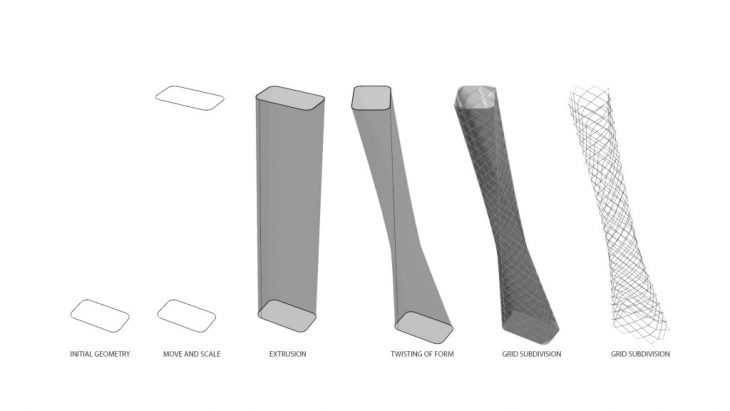
A sequence of steps showing the development of geometry in Grasshopper-Rhino.
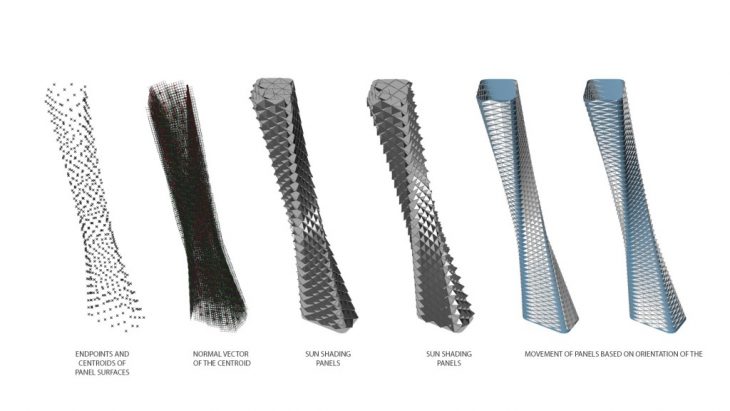
A sequence of steps showing the development of the sun-responsive panels of the facade system.
The grasshopper definition for the facade system is shown below:
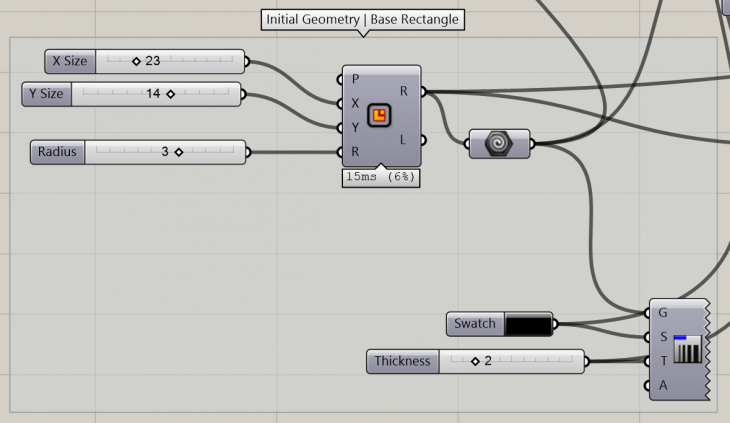
Step 1: Creating initial geometry for the base of the structure.

Step 2: Creating a second curve by moving and rotating the initial geometry.
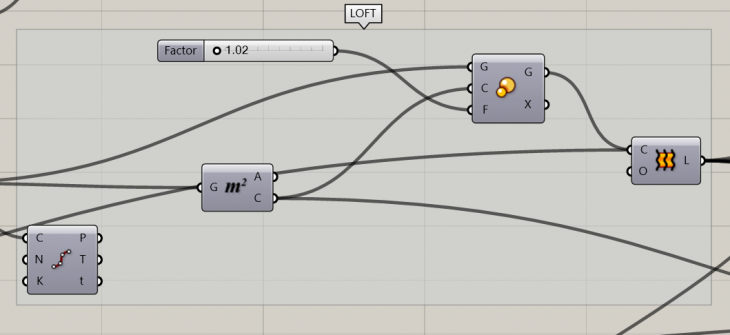
Step 3: Lofting the two curves, to obtain a shell for the facade system.

Step 4: Grid subdivision of the lofted surface.
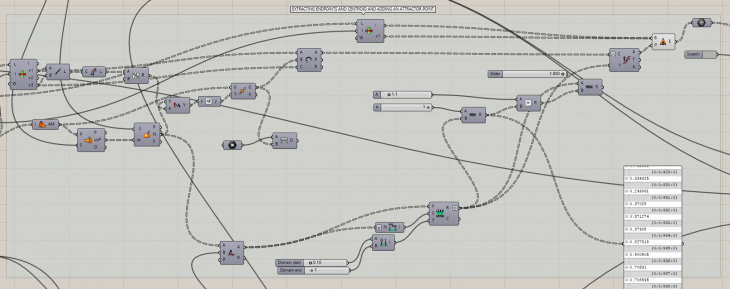
Step 5: Extracting corner points and centroid of the panels and adding an attractor point for the kinetic facade system.
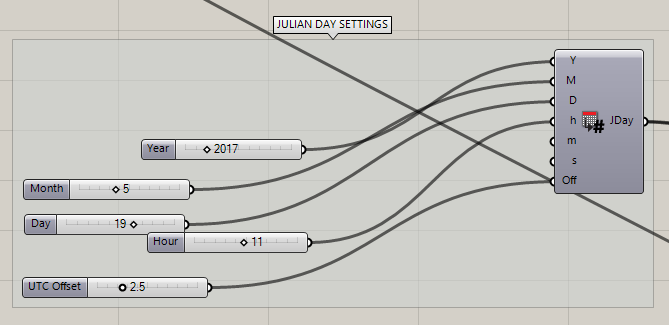
Step 6: Simulation of Sun path through Heliotrope.
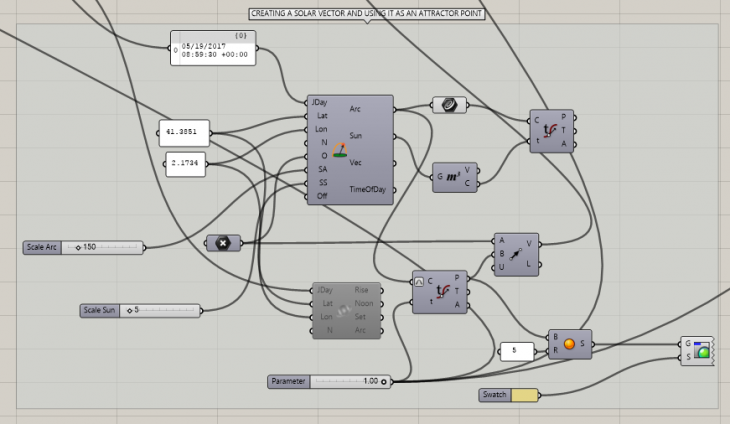
Step 7: Creating a solar vector and using it as an attractor point.
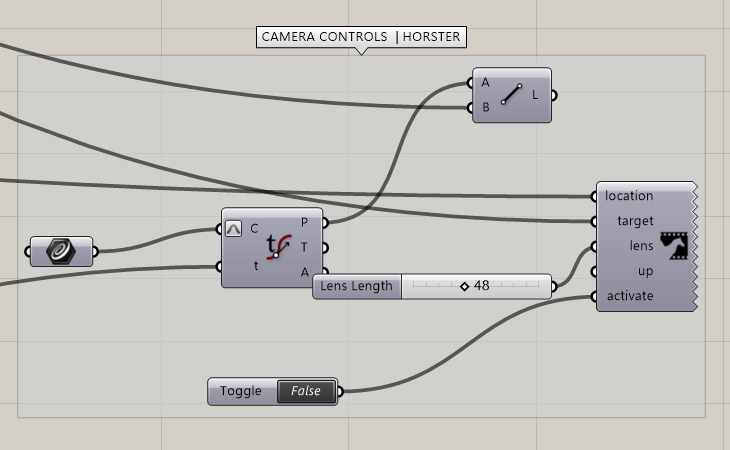
Step 8: Using Horster for camera controls.
‘Responsive Facades’ is a project of IaaC, Institute for Advanced Architecture of Catalonia developed at Master in Advanced Architecture, Computation Design Seminar in 2017 by:
Student: Bhakti Vinod Loonawat
Faculty: Rodrigo Aguirre | Aldo Sollazzo